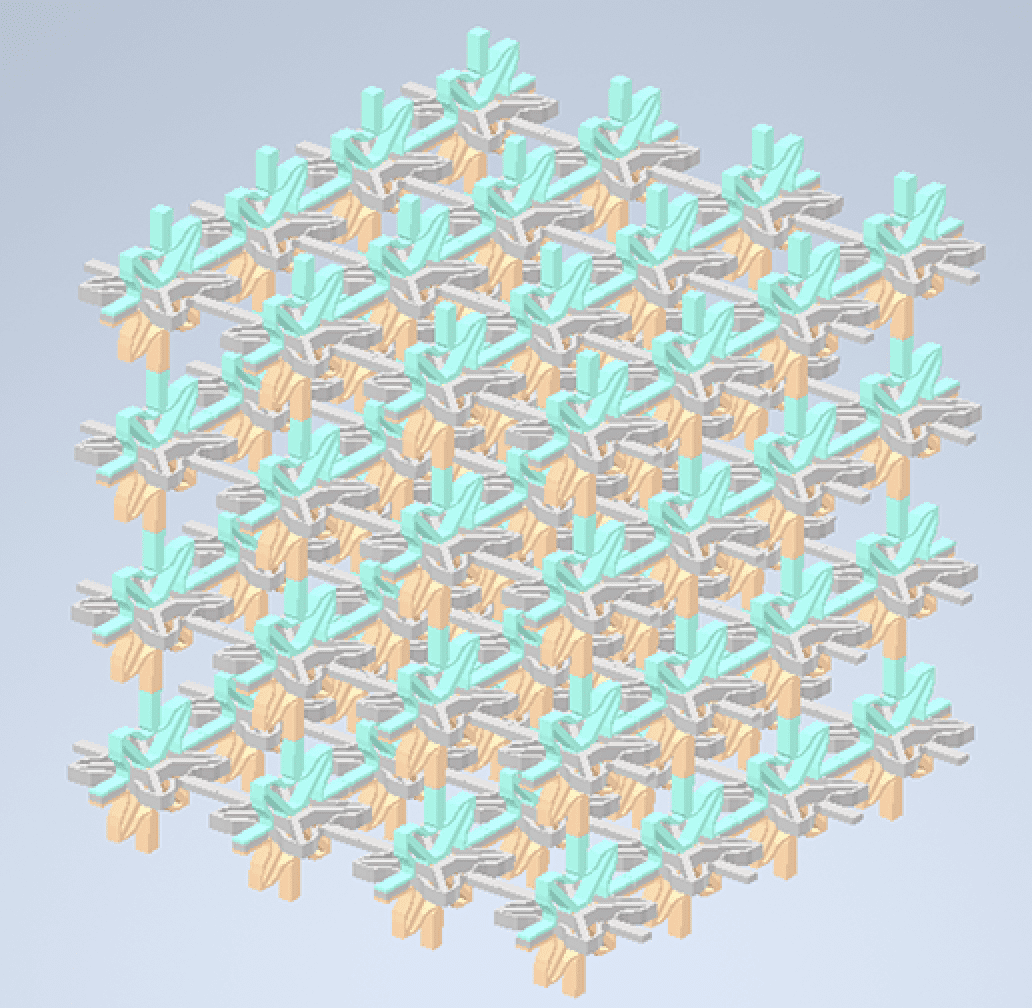
Scientists from Fraunhofer ICT have developed technology to enable materials to change their stiffness or form with the press of a button. Stiffness and shape can be adjusted by patterning films and stacking foils of different heights, so the Fraunhofer Institute in a press release.
The technology works by patterning films with structures that can be configured to adjust stiffness and shape, as well as stacking foils of different heights. This allows for the creation of a programmable material, meaning its shape can be changed with the push of a button.
This technology could have a variety of applications in the manufacturing and engineering fields. For example, it could be used to create self-adjusting vehicle suspensions or shock absorbers, or to design components that can change their shape and stiffness depending on the environment.
The technology has been tested in the laboratory, and the Fraunhofer researchers are now looking for partners to help them further develop and test it. According to Dr. Sebastian Stolz, head of the project, “We are currently working on an application that would allow us to make a lightweight structure capable of changing its shape at the push of a button.”
The Benefits of Programmable Materials
Programmable materials offer a variety of benefits. For one, they can reduce the need for manual labor in manufacturing processes. They also have potential applications in robotics and artificial intelligence (AI), as they can be used to create components that can adapt to their environment.
Programmable materials can also be used to create adaptive structures, such as buildings or bridges that can self-adjust to changing conditions. This could reduce the need for costly maintenance and repairs, as well as increase safety by making sure structures remain stable in extreme weather conditions.
How Programmable Materials Work
Programmable materials are made up of two components: an active material and a control system. The active material is typically a composite material consisting of two or more layers. Each layer contains different properties, such as stiffness or flexibility.
The control system is then used to control the active material. This system typically consists of sensors, actuators, and a control unit that use algorithms to determine how the active material should react in response to external stimuli.
By combining these two components, scientists are able to create materials that can change their shape or stiffness in response to external stimuli. This allows for the creation of adaptive structures and components that can respond to changing conditions without requiring human intervention.
The Future of Programmable Materials
Programmable materials are still in their infancy, but they offer a lot of potential applications in both manufacturing and engineering fields. As research into these materials continues, scientists will continue to find new ways to use them in a variety of applications.
As these materials become more widely available and more affordable, they could revolutionize the way we design and build things. From self-adjusting suspension systems in cars to bridges that can self-adjust in response to changing conditions, programmable materials could have far-reaching implications for the future of engineering.
Illustration: Material structure comprised of multiple cells © Fraunhofer IWM


